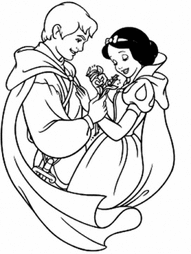
An archetype is an example of something upon which all subsequent models are based. The word "archetypal" can also be used to describe a perfect example of something. For instance, Disney regularly employs the archetypal "Prince and Princess" storyline, with a damsel in distress and a dashing prince to save her. Archetypes also have a place in Psychology, thanks to the theories of Carl Jung. Jung noticed the similarities in the folklore of people across the globe, even though many of the cultures he looked at developed in isolation. He took this to be the manifestation of collective "ancestral memories" that the human race shares. Examples of Jungian archetypes are things such as "the hero," "the maiden," "the old man," and "the father."
